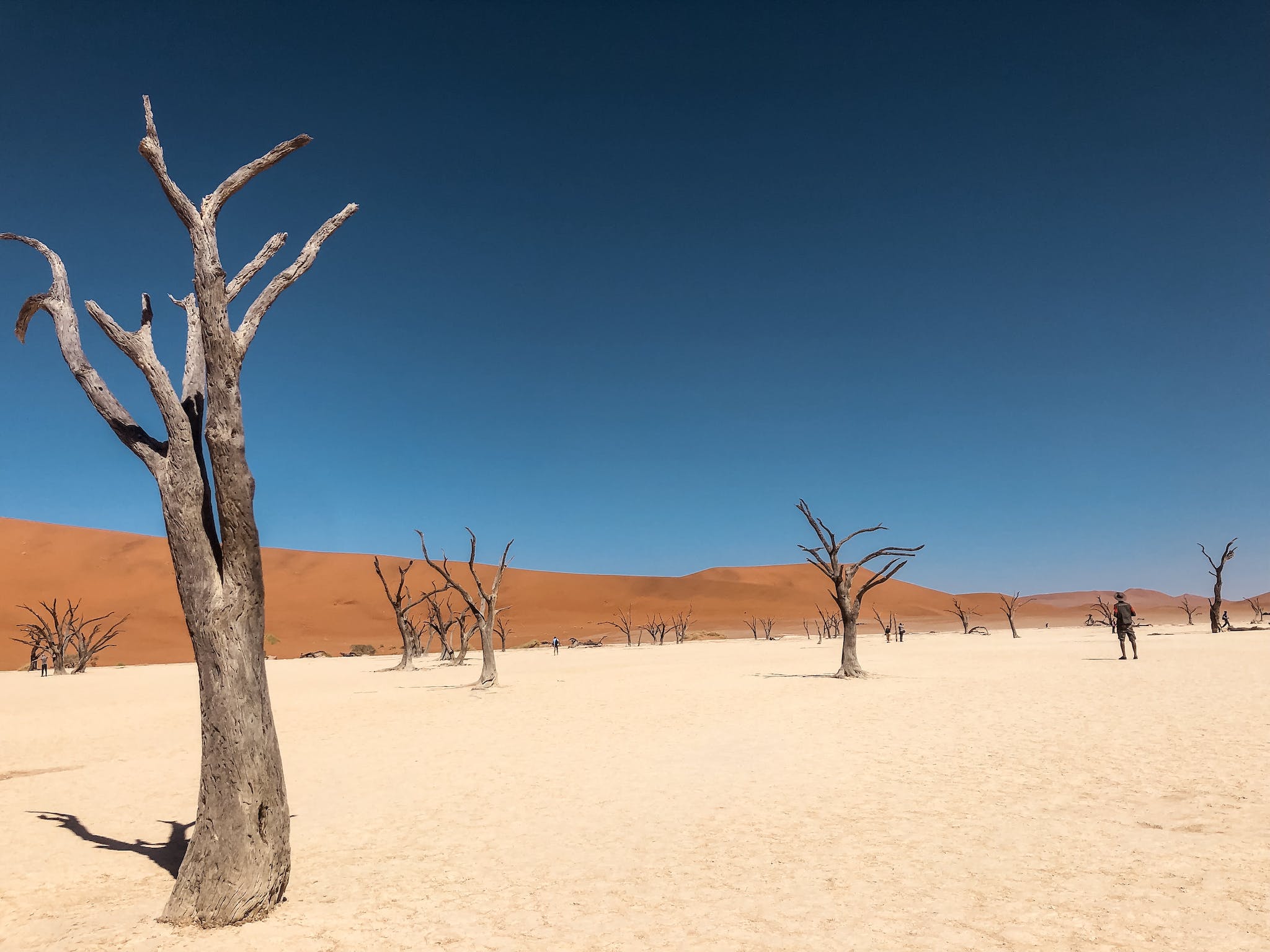Are We Taking Global Drought Serious Enough? A New Report Outlines the crisis

The United Nations 2023 global drought report reveals a distressing increase in the frequency and intensity of droughts worldwide. The report spotlights the urgent need for proactive strategies and international cooperation in sustainable development, innovative water management, and disaster preparedness to mitigate the multifaceted effects of drought. The UN Convention to Combat Desertification details the devastating reach and impact of drought across the globe. Desertification is the process of fertile land becoming desert, usually due to drought, deforestation, or inappropriate agriculture.
Read: Americans Still Love Gas Guzzlers
Discover: Is New York City Sinking?
Poor Communities Get Hit Hardest
The report synthesizes the most recent data and expert analyses on the drought crisis. It paints a stark reality: droughts are more frequent and severe, affecting both developed and developing nations, with the poorest communities facing the harshest consequences. From the report’s findings, the situation is dire. Drought has escalated from an environmental concern to an urgent humanitarian crisis. In the United States, severe to extreme drought affected about 5% of the contiguous land as of late spring 2023. Europe, reeling from its hottest summer on record in 2022, saw over 630,000 square kilometers impacted by drought conditions. A protracted drought in the Horn of Africa has plunged 23 million people into severe food insecurity.
Economic Repercussions
The United Nations report underscores that drought knows no boundaries. Its effects are pervasive, leading to diminished crop yields, famine, and economic instability that disrupt global food supply chains. The financial repercussions are estimated at billions of dollars annually, highlighting the interconnected nature of this crisis. The report’s narrative shifts from presenting the impacts of drought to advocating for resilience. Its “Possible Futures” chapter warns against complacency and the dangers of misinformation. For example, the belief that global warming is a purely natural phenomenon persists in parts of the worldwide populace, undermining efforts to address human-induced climate change. The document spotlights innovative solutions and success stories. For instance, the UN Decade on Ecosystem Restoration has set ambitious targets to restore 1 billion hectares of land by 2030, and the International Drought Resilience Alliance, established by Senegal and Spain, is fostering international cooperation on drought resilience.
Recommendations
Central to the report’s recommendations is the call for holistic engagement with drought, involving sustainable land management, disaster preparedness, and improved water governance. It calls for urgent investment in these areas, highlighting the cost-effectiveness of proactive strategies over-reactive responses. The economic analysis within the report is particularly sobering. It illustrates how drought-induced economic downturns and spikes in food prices strain economies at all levels. The case for proactive investment is made through the potential for significant cost savings and reduction in human suffering. The report presents a view of the challenges and potential solutions. It advocates for a multifaceted approach that includes:
– Sustainable development: Reducing drought exposure and mitigating its impacts through sustainable practices.
– Innovation: Highlight the effectiveness of modern technology in drought prediction and management.
– International cooperation: Sharing knowledge and resources to build resilience on a global scale.
The report concludes with a poignant epilogue, reminding us of our intrinsic connection to nature and the necessity of respecting planetary boundaries. It advocates for a transition towards a model of development that fosters harmony with the environment. The “Global Drought Snapshot 2023” is not just a document of record but a blueprint for action. It lays out the steps necessary to combat one of the most pressing challenges of our time, offering hope through action. As the frequency and severity of droughts rise, the need for a concerted, global response becomes ever more critical. The report makes it clear: the time for action is now, and the future well-being of our planet depends on the decisions we make today.
Climate Crisis 24/7 used generative AI technology to help produce this article, which a human editor at Climate Crisis 24/7 edited. Climate Crisis 24/7 is dedicated to accuracy and transparency; any article that uses AI will be noted.
This UN report was crafted by lead authors Daniel Tsegai, Patrick Augenstein, and Zhuojing Huang, along with a team of contributing authors.
More from ClimateCrisis 247
- It took a lot of balls to bring you this story about microplastics Making a home in Men’s testicles
- Microsoft in new Scope 3 bid as AI emissions soar
- For banks, transparency sets the tone
- Market reaction: extreme weather and the electricity sector






